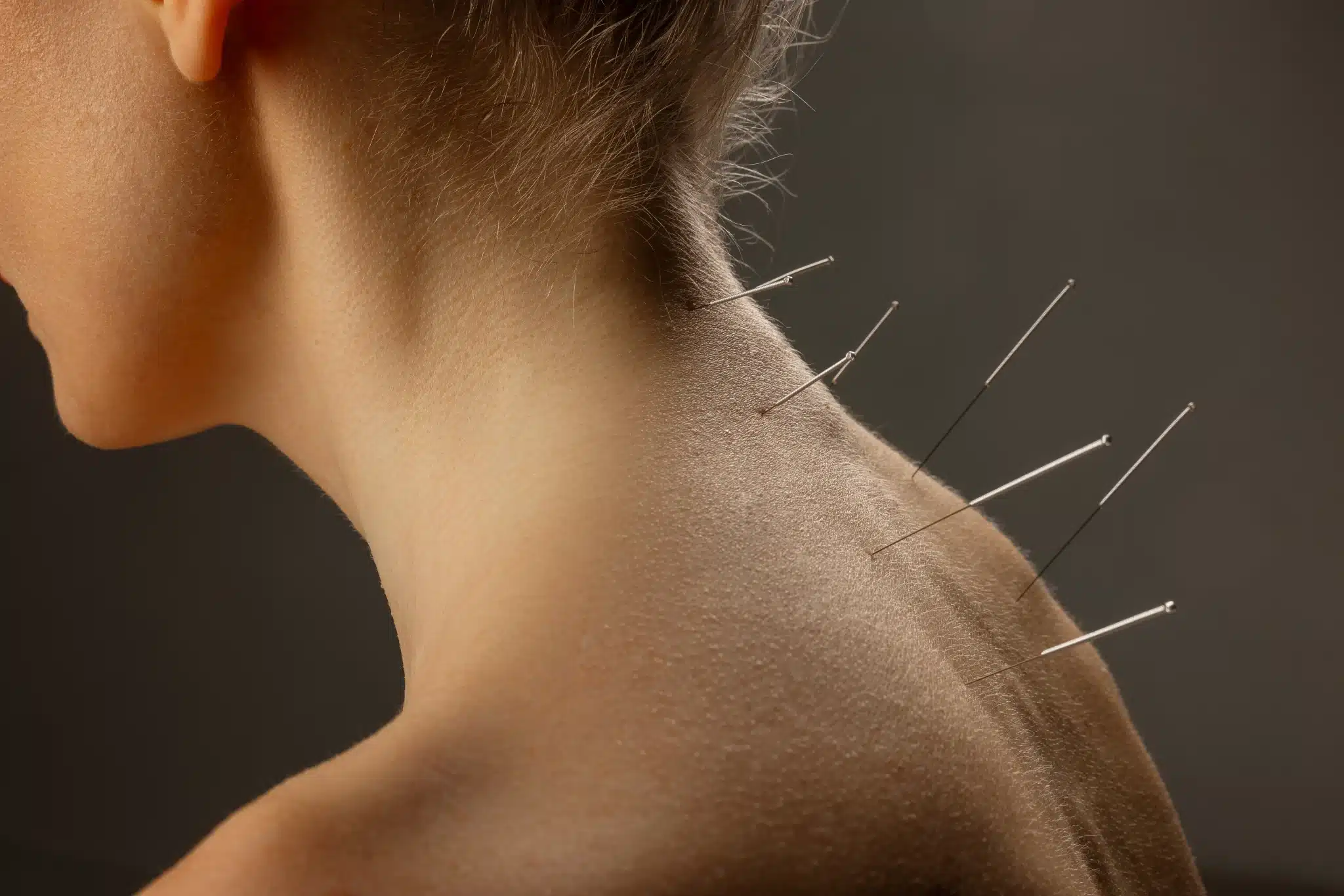Holistic health practitioners should review the CPT Billing Codes update for 2025 to ensure compliant billing. While most new CPT codes target high-tech interventions, there are key changes and reminders that directly affect acupuncturists, chiropractors, massage therapists, and similar providers. Medicare policy updates (especially for acupuncture and therapy services) and documentation rules (time-based coding, modifier 25 use) also have implications. This guide highlights what’s new or important for holistic practices in 2025.

Acupuncture Coverage and Coding
Medicare still covers acupuncture only for chronic low back pain. Patients must have at least 12 weeks of persistent back pain with no identifiable cause; if they improve, Medicare pays for up to 20 treatments per year (initial 12 in 90 days plus 8 additional). Acupuncture services are billed with CPT codes 97810–97814 (with and without electrical stimulation) as follows: one “initial” code (97810 or 97813) and any add-on code(s) (97811 or 97814) on the same day count as a single session. Dry needling codes (20560–20561) are treated separately: Medicare disallows using dry needling on the same day as acupuncture – you must bill them on different dates.
Only certain providers may bill Medicare for acupuncture. Licensed acupuncturists cannot bill Medicare directly. Instead, a patient’s care must be managed by a physician, nurse practitioner or physician assistant trained in acupuncture. Practitioners should also document medical necessity for each session (e.g. progress or lack of improvement) as Medicare pays only for services tied to chronic low back pain treatment.
Chiropractic Billing and Compliance

Chiropractors may only bill spinal adjustments to Medicare. Documentation must show subluxation (PART criteria or imaging). Medicare covers only spinal manipulations (CPT 98940–98942) performed for subluxation of the spine. These adjustment codes must include the “AT” modifier (active treatment) to indicate an active therapeutic visit, or Medicare will deny the claim. Other services (e.g. massage, ultrasound, E/M visits by a chiropractor) are not covered under Medicare chiropractic benefits. In fact, Medicare explicitly restricts DCs from billing office visits; chiropractors cannot submit an E/M code or non-spinal services except as secondary adjuncts to spinal treatment.
Accurate documentation is crucial. For a chiropractic claim, include a primary diagnosis of subluxation (e.g. ICD-10 M99.*) and how the subluxation was identified. Medicare’s guidelines require either an imaging finding or a physical exam with at least two of the four PART criteria – one of which must be asymmetry/misalignment or limited range of motion. “P.A.R.T.” stands for Pain, Asymmetry/misalignment, Range-of-motion abnormality, and Tissue tone change. For example, note the pain location and affected vertebra, posture or alignment issues, restricted motion, or abnormal tissue tension. Also document dates (first evaluation date, treatment dates) and show that each visit is corrective (not just maintenance). In summary, always record the PART findings or imaging that justify the adjustment, include the AT modifier on 98940–98942, and use proper subluxation diagnoses.
Massage Therapy and Manual Techniques

Timed codes for massage require precise documentation of time and purpose. Medicare does not separately cover massage therapy. Massage therapists typically bill CPT 97124 (therapeutic massage, each 15 minutes). This is a time-based code, so you should track exact minutes and report units per the 8-minute rule (see below). While massage can be part of a treatment plan, note that traditional Medicare does not pay for massage therapy as a standalone service. (Some private insurers or Medicare Advantage plans might reimburse it, but Medicare FFS does not.)
When 97124 is billed under a therapy plan, documentation must support its medical necessity. After about 6–8 sessions, you should show patient/caregiver instruction and specific improvements to justify continuing massage. Include the body area treated, objective findings (e.g. range of motion, muscle tension), and patient-reported symptoms (pain scale, function). Also, do not bill 97124 on the same day as CPT 97140 (manual therapy mobilization) – Medicare forbids using both on one visit.
Evaluation & Management (E/M) Coding Updates
E/M visits follow the 2021 CMS guidelines: bill by medical decision-making or total time. If an E/M is billed on the same day as a procedure, use modifier 25 and document it as a distinct service. Holistic providers should remember that office visit coding (99202–99215) still uses the streamlined rules introduced in 2021. You no longer need exhaustive history or exam detail for each level of service; instead, code by either the medical decision-making (MDM) or total time spent with the patient. Total time includes all face-to-face and non-face-to-face work on that date (reviewing records, ordering tests, preparing notes, counseling, etc.). This can simplify charting so you can focus on patient care.
If you perform a significant, separately identifiable E/M on the same day as a procedure or therapy, append modifier 25 to the E/M code. Always document each service as if it were provided alone. In practice, this means clearly noting the distinct problem addressed and why the E/M was necessary (for example, “raised blood pressure noted, assessed and adjusted plan” in addition to the therapy). AAFP reminds providers that medical necessity must be documented for the E/M itself, just as if no other procedure had been done. Without clear notes showing the separate reason for the visit, payer edits may bundle or deny the E/M portion.
Documentation and Time Tracking
Beyond coding changes, thorough documentation remains essential. For time-based CPT codes (all 15-minute therapy codes like 97124, 97110, 97530, etc.), record start and end times in the note. Medicare’s “8-minute rule” still applies: at least 8 minutes of therapy are required to bill one 15-minute unit. For example, if you spend 16 minutes on massage, that counts as one unit (you would bill one unit for 15 minutes and drop the remaining time). Similarly, if you bill by E/M time, sum all work on that date – but be prepared to back it up. Include dates, times, and detailed notes supporting each code’s necessity.
Use clear headings and bullet points in notes to separate problems and services. For acupuncture, chart the chronic back pain diagnosis and number of needles inserted. For chiropractic visits, list the vertebrae adjusted and PART findings. For massage or therapy, note the specific functional goals. In all cases, tie services to the patient’s condition and improvement. This not only aligns with holistic care values (focusing on patient-centered outcomes) but also meets payer requirements for medical necessity.
Key Takeaways for 2025
- Acupuncture (CPT 97810–97814): Medicare pays for chronic low back pain only (up to 20 visits/year). Bill one “initial” code and any add-ons per session; do not combine with dry-needling codes. Only physicians or NPPs can bill (not standalone acupuncturists).
- Chiropractic (CPT 98940–98942): Always append the AT modifier for active treatment. Document subluxation via imaging or PART exam findings (P, A, R, T). Do not bill E/M or other services; Medicare covers adjustments only.
- Massage/Therapy (CPT 97124, 97140, etc.): Track exact minutes and apply the 8-minute rule. Medicare does not separately cover massage therapy, but if billed under therapy, justify sessions beyond 6–8 with objective findings and patient instruction. Do not bill 97124 on the same day as 97140.
- E/M and Modifier 25: Use 2021 E/M rules – code by MDM or total time. For same-day procedures, attach modifier 25 only if the E/M is a distinct, necessary service. Document each component (procedure vs. evaluation) clearly to avoid bundling.
- General Compliance: Stay current with any AMA CPT changes (new codes or revised descriptors) each year and train your billing staff accordingly. Double-check claims for correct codes and modifiers to minimize denials. Clear, concise documentation that demonstrates the medical necessity of each procedure will ensure compliance and reflect the holistic focus on patient-centered outcomes.
By following the updated CPT guidelines, Medicare policies, and best practices above, holistic practices can bill accurately in 2025 and avoid common pitfalls. Proper use of modifiers, careful time documentation, and evidence of medical necessity will keep your claims smooth and your focus on patient care.
Sources: Authoritative Medicare guidance and coding resources were used to verify these updates. Each source is cited in context above.
Citations
https://www.medicare.gov/coverage/acupuncture
MM13288 - National Coverage Determination 30.3.3 – Acupuncture for Chronic Low Back Pain
MM13288 - National Coverage Determination 30.3.3 – Acupuncture for Chronic Low Back Pain
Acupuncture coverage
https://www.medicare.gov/coverage/acupuncture
MLN1232664-Medicare-Documentation-Job-Aid-for-Chiropractic-Doctors
MLN1232664-Medicare-Documentation-Job-Aid-for-Chiropractic-Doctors
Article - Billing and Coding: Chiropractic Services (A56273)
https://www.cms.gov/medicare-coverage-database/view/article.aspx?articleId=56273
Article - Billing and Coding: Chiropractic Services (A56273)
https://www.cms.gov/medicare-coverage-database/view/article.aspx?articleId=56273
Article - Billing and Coding: Outpatient Physical and Occupational Therapy Services (A56566)
https://www.cms.gov/medicare-coverage-database/view/article.aspx?articleid=56566
Massage Therapy Covered By Insurance
https://www.medicare.gov/coverage/massage-therapy
Article - Billing and Coding: Outpatient Physical and Occupational Therapy Services (A56566)
https://www.cms.gov/medicare-coverage-database/view/article.aspx?articleid=56566
Article - Billing and Coding: Outpatient Physical and Occupational Therapy Services (A56566)
https://www.cms.gov/medicare-coverage-database/view/article.aspx?articleid=56566





